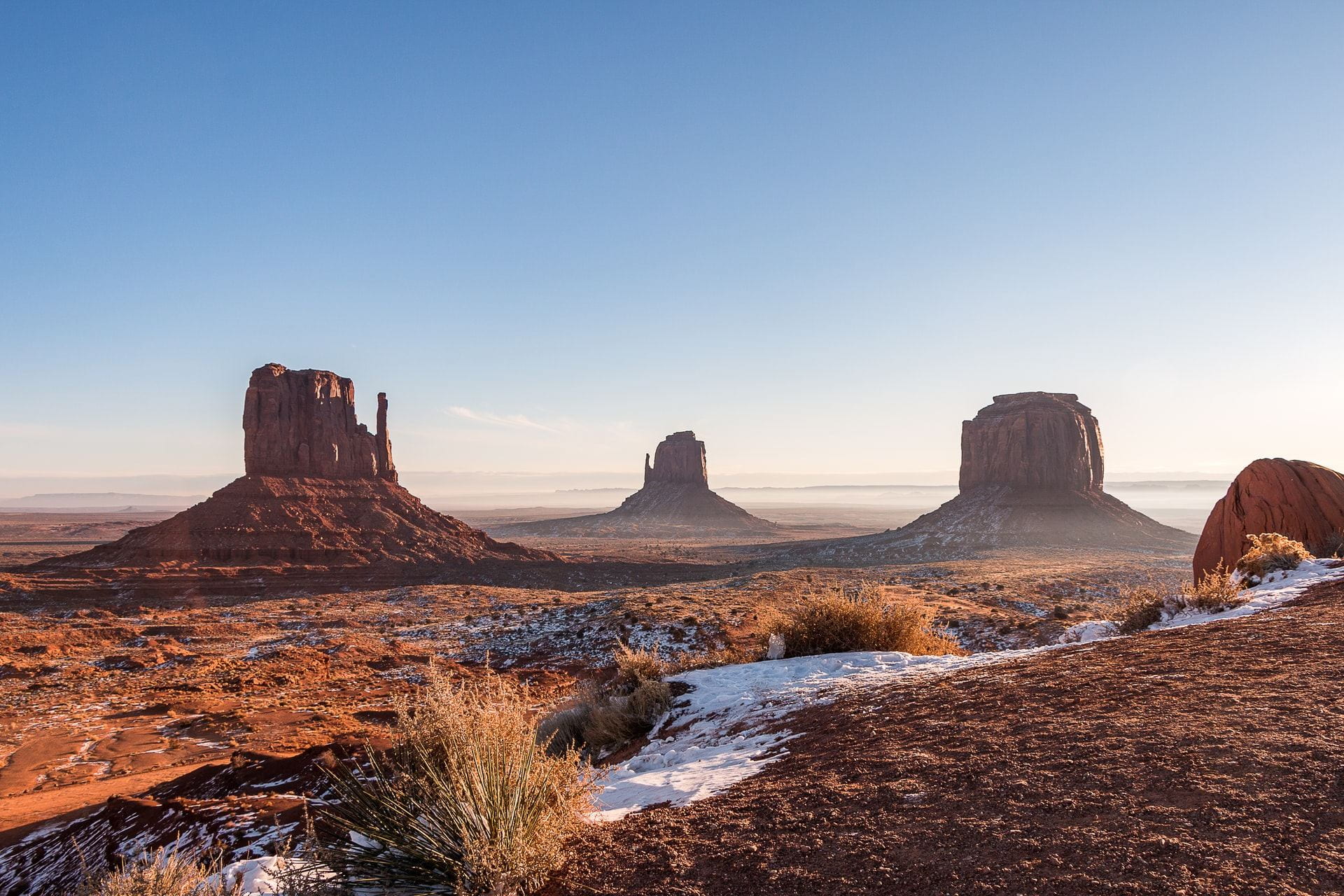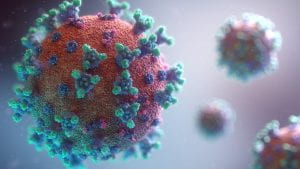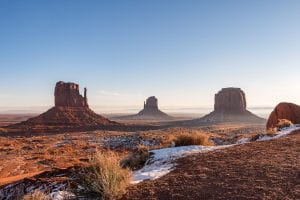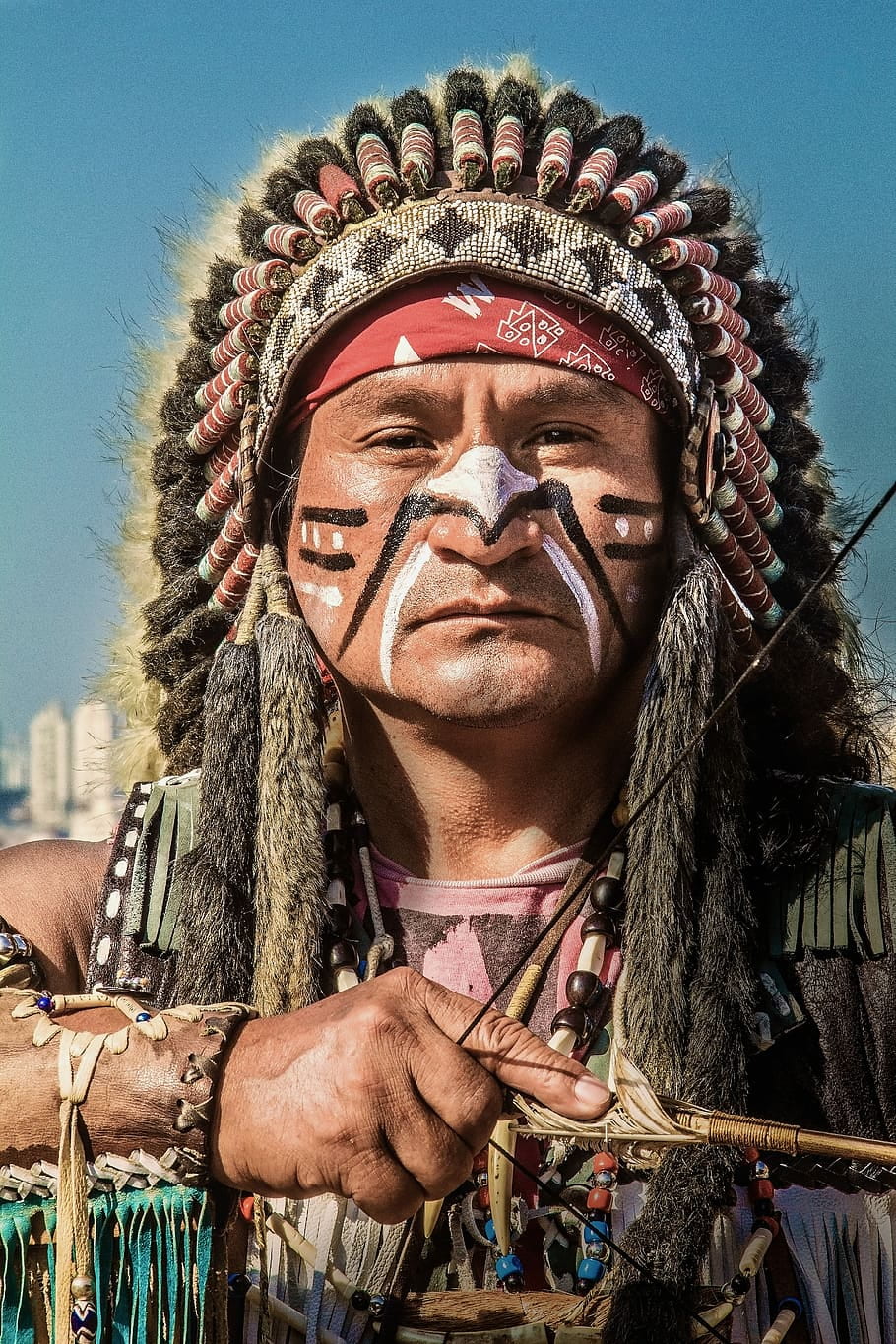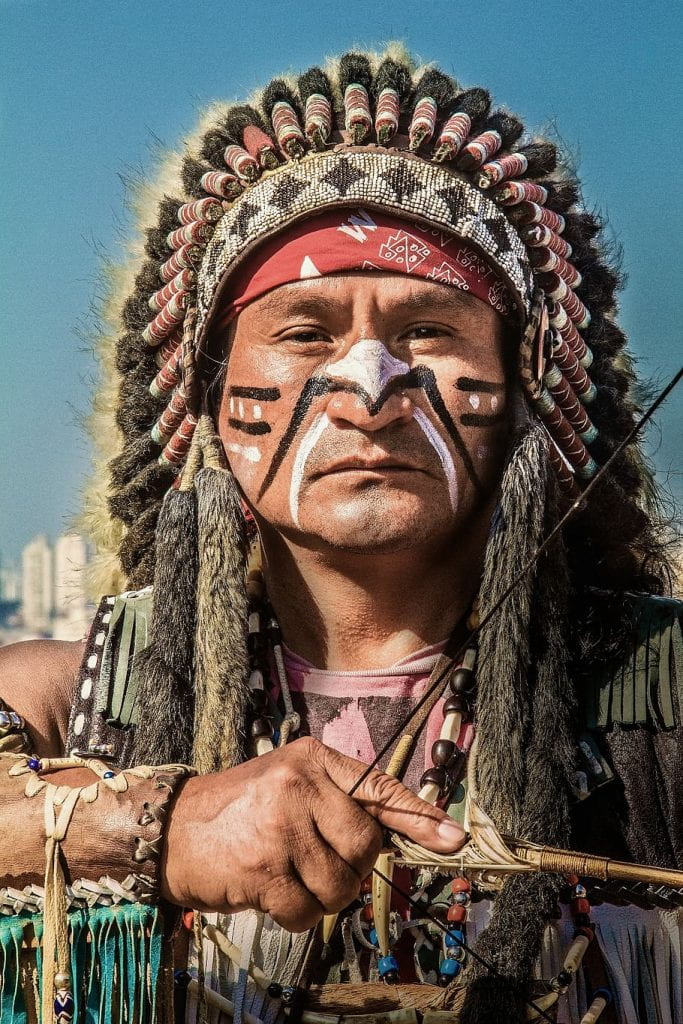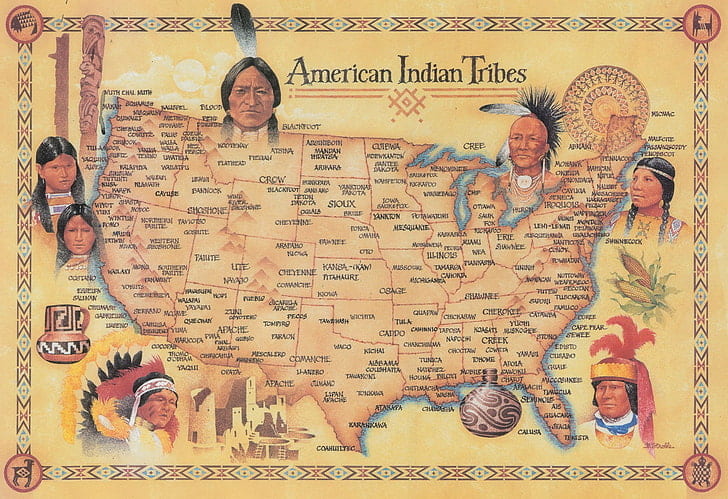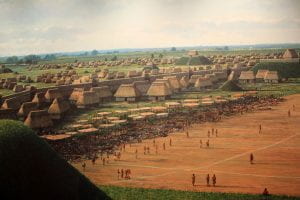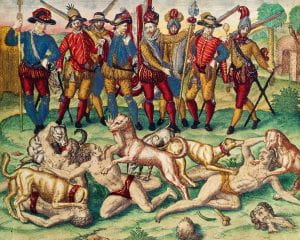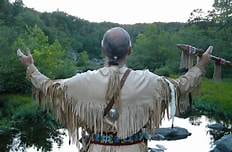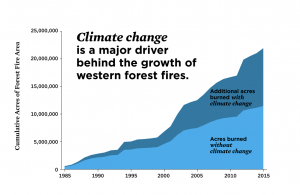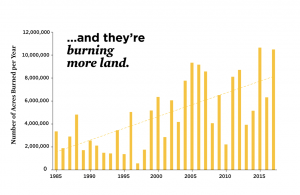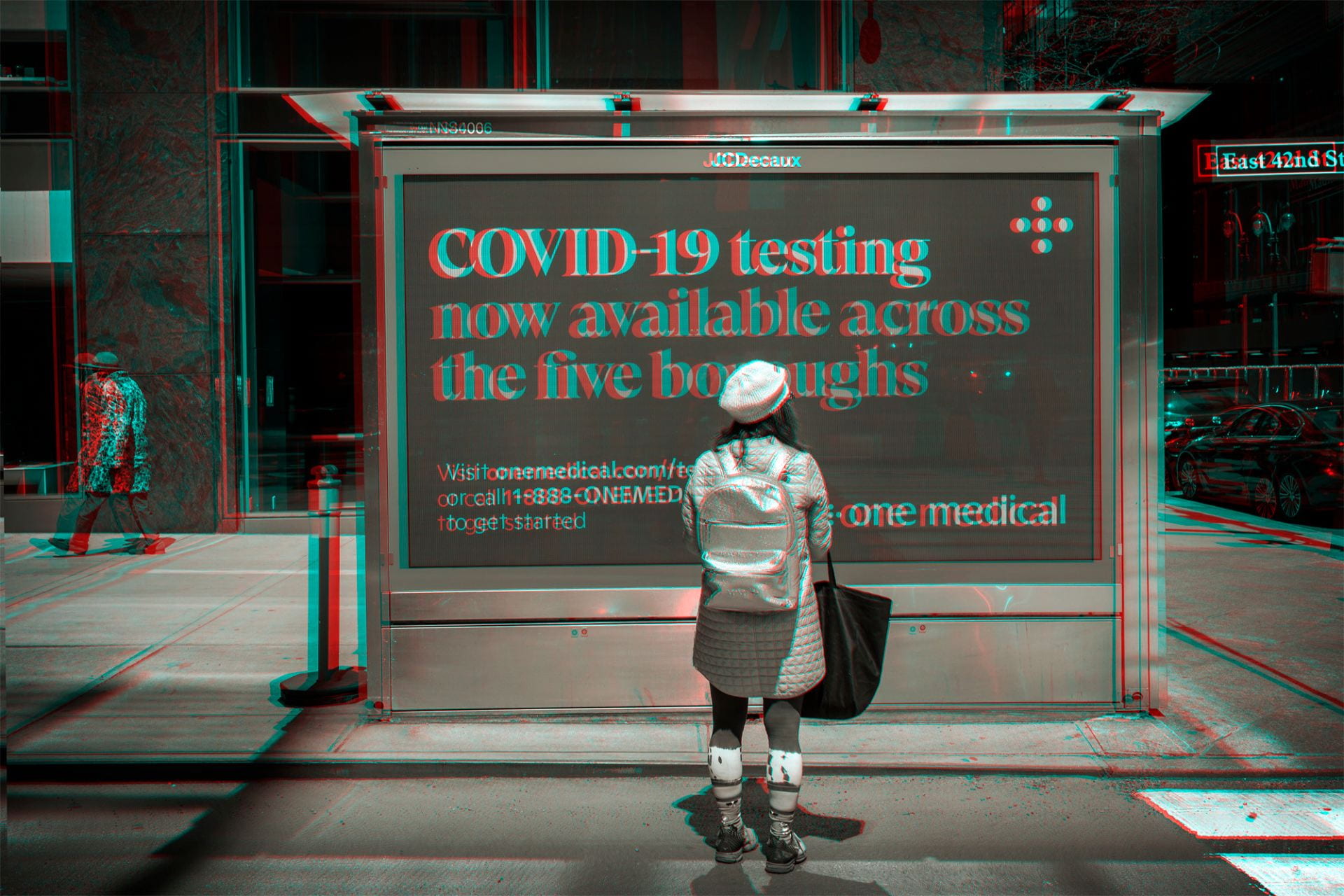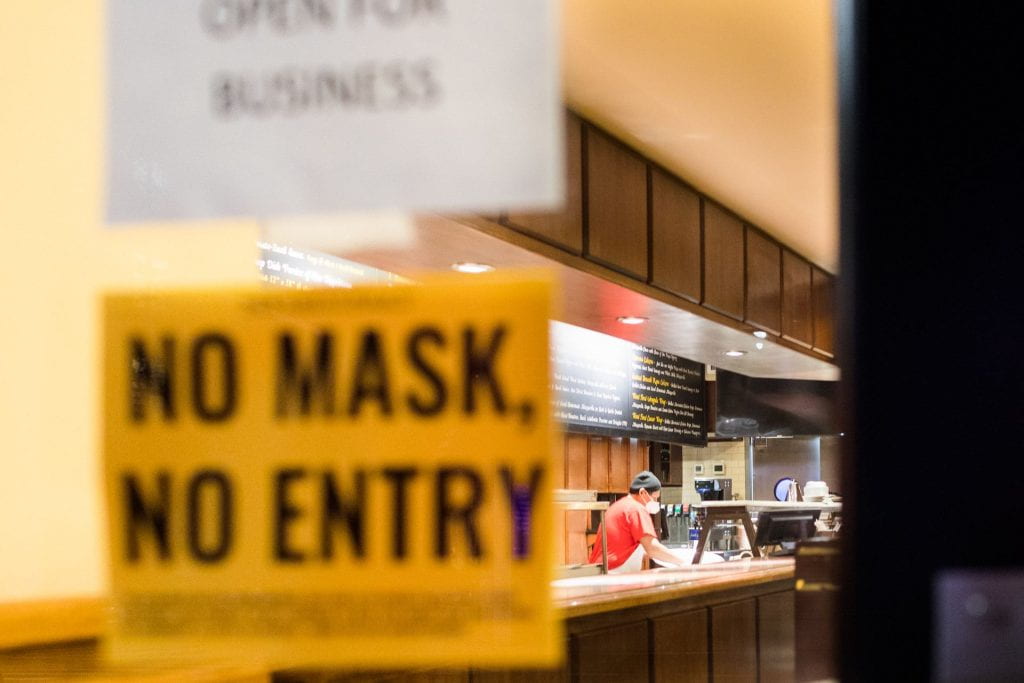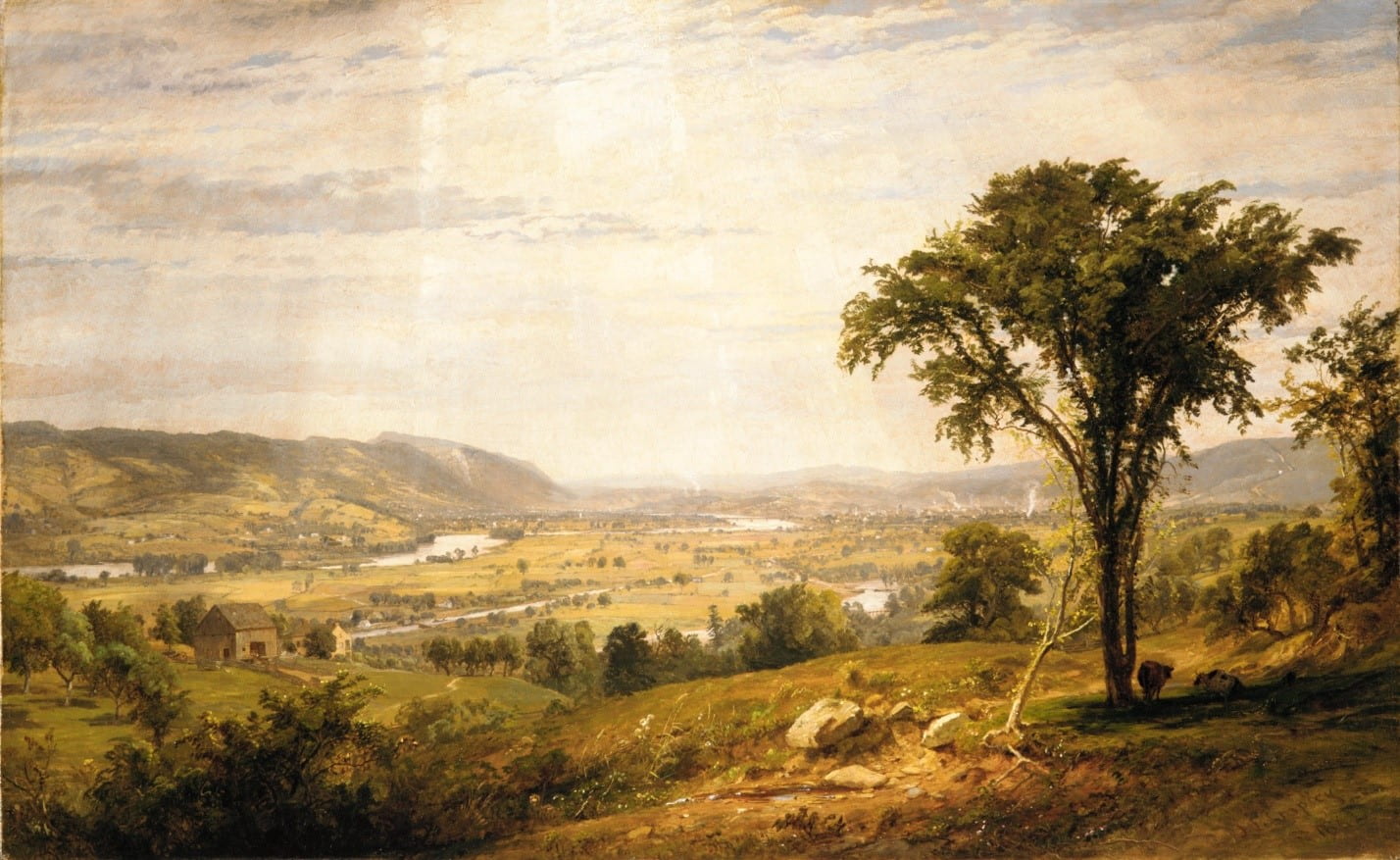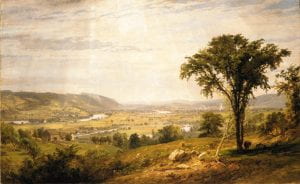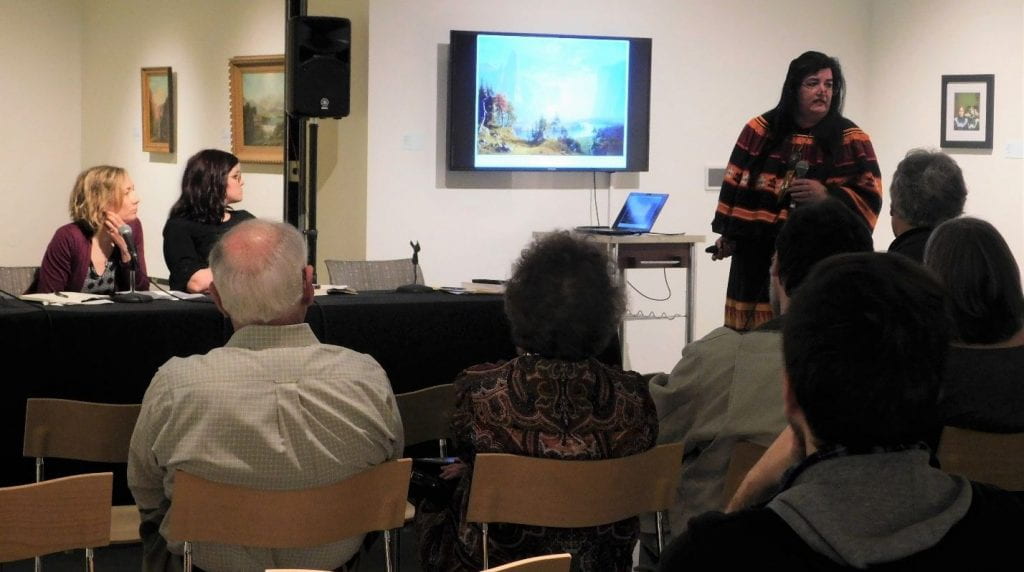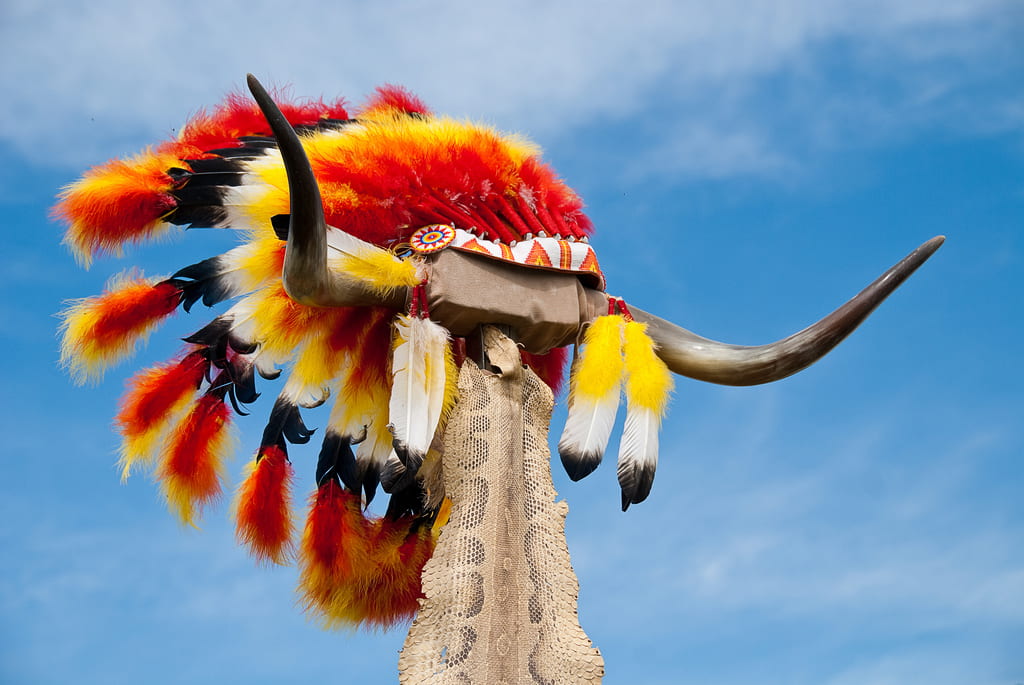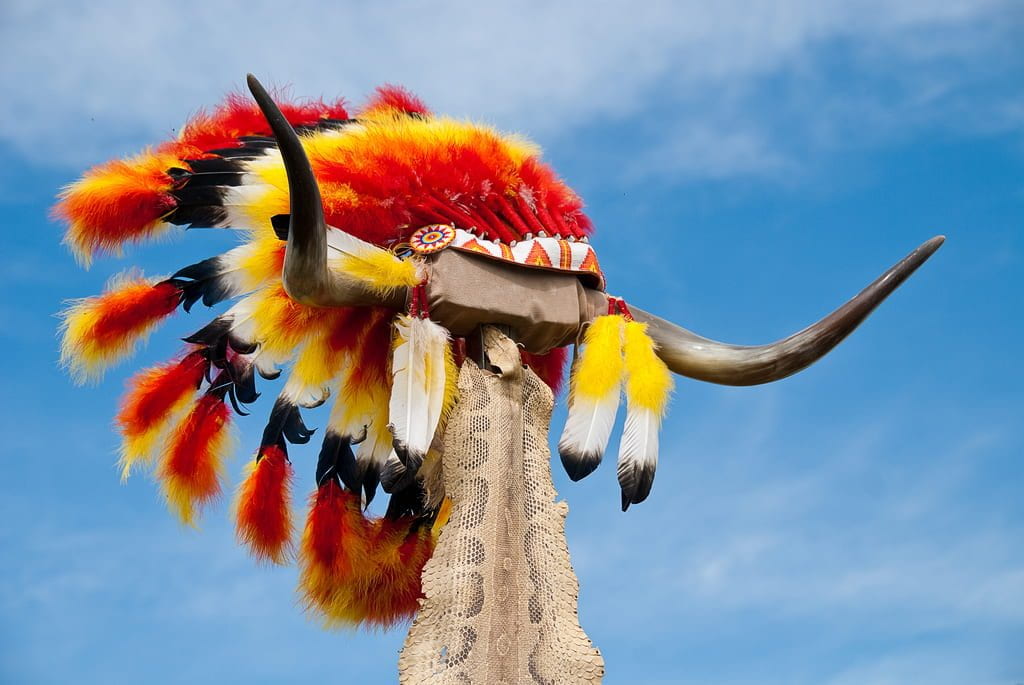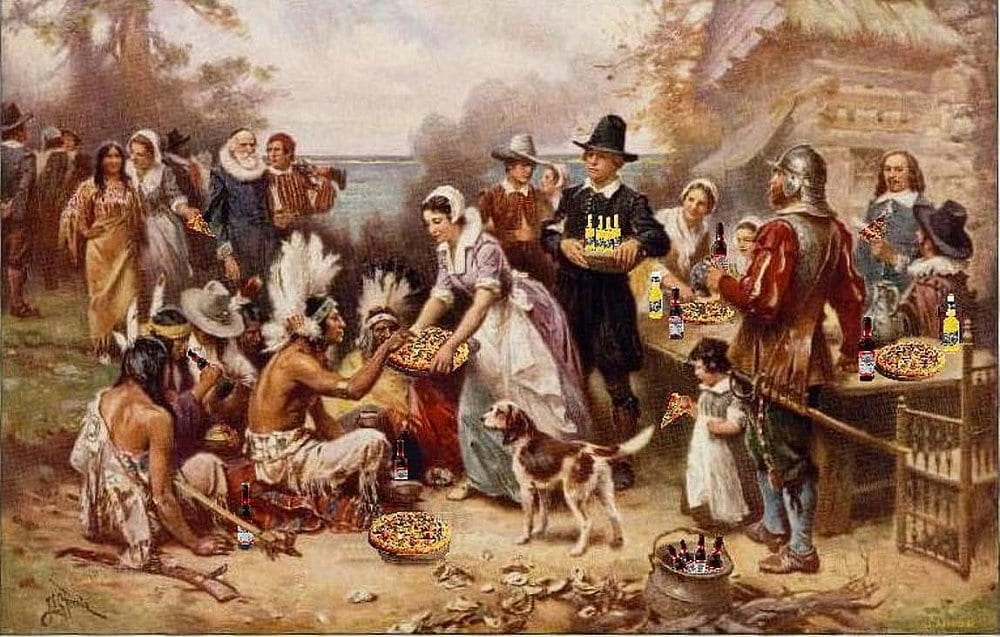by Caitlin Cerillo
As an avid lover of visiting museums, it is important to hold them accountable when their exhibitions can have damaging implications. History and science museums can be among the most fascinating places to visit, as the world has such a rich scientific history. However, there is a fine line between preserving a specific piece of history and exploiting groups of people in the name of science. In recent years, several museums have come under fire for capitalizing on the exploitation of ethnic groups and glorifying the world’s hurtful history of colonialism, imperialism, and the oppression of marginalized peoples.
In recent years, attention has been paid to the sources of acquisition that many popular museums in the United States use. One of the most recent is the American Museum of Natural History, located in Manhattan, New York, and its exhibitions contain the remains of indigenous people.
What is Colonialism?
Colonialism is a practice in which domination over a specific area is carried out by another foreign state. Colonialism has been and is used as a way to consolidate political or economic gain and always leads to the complete subjugation, or conquest, of the people in the colonized area. The foundation of America was built on colonialism, dating back to before the nation was even established. While there are records of British colonies existing prior to the 1600s, the 17th century marked the beginning of the first permanent colonies.
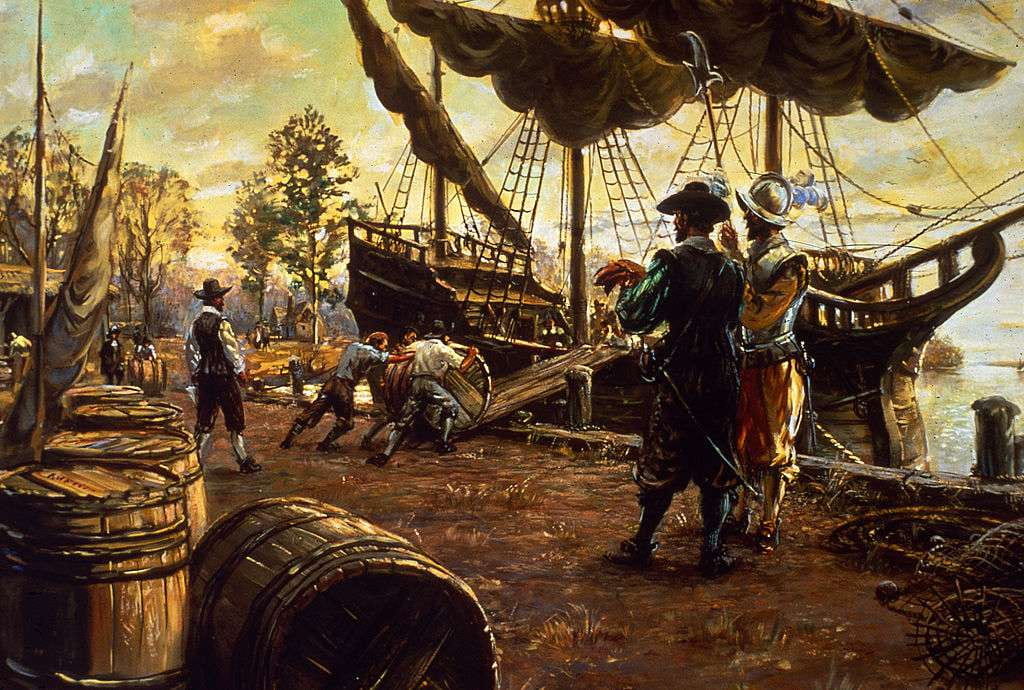
The Jamestown Colony was created in Virginia in 1607. Long before the establishment of any colonies in the New World, or present-day America, Native Americans were the first to live on American soil. The region in which the Jamestown colony arrived was the same region as the Powhatan people, an Indian tribe. On many occasions, there would be violent encounters between the tribe and colonists. When establishing colonies in the New World, colonists would bring diseases like tuberculosis and smallpox. While they had immunity to these microbes, they would be fatal for the local Native American population.
As the 17th century progressed, the relationship between colonists and Native Americans would significantly weaken. For instance, King Philip’s War occurred in 1675 after the execution of three members of the Wampanoag people by the government of the Plymouth Colony in Massachusetts. This war is known as one of the deadliest conflicts in American history, with the amount of casualties reaching extreme heights throughout the 14-month period of the war.
Even after America was established as a country, harmful practices against Indigenous Americans continued to be considered legal. Hundreds of thousands of Indians—particularly Indian youth—were forced to assimilate. Cultural assimilation is extremely damaging for multiple reasons. It normalizes public stigmatization of the affected groups and erases their cultural identity.
The American Museum of Natural History
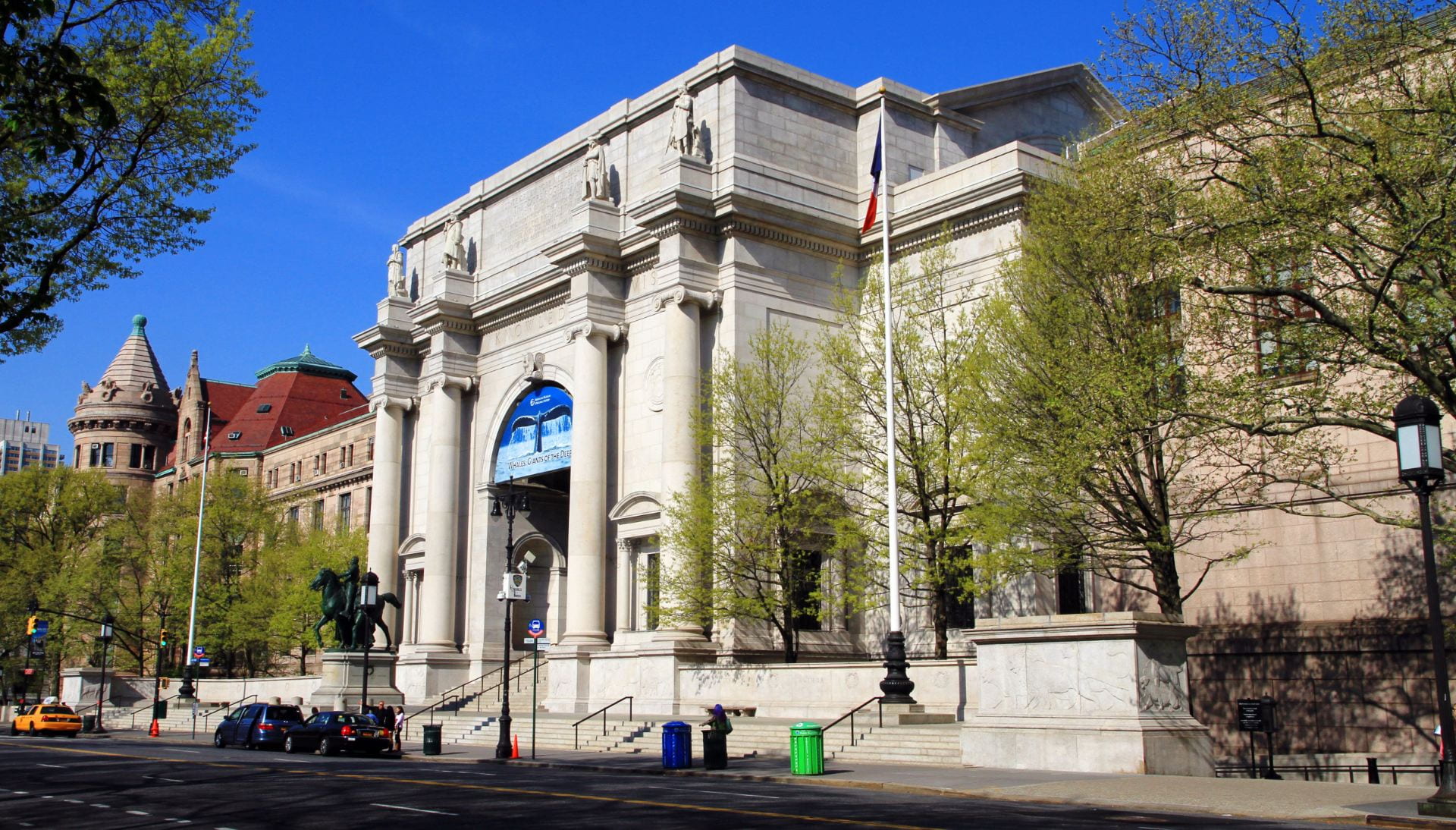
Upon facing public scrutiny, New York’s American Museum of Natural History has created a policy calling for the removal of all exhibits containing human bones. The museum has promised the use of anthropologists to carry out comprehensive analytical processes to determine these remains’ origins and source of acquisition.
Not only has the American Museum of Natural History come under fire for exhibiting the remains of thousands of Native Americans, but also for acquiring the bones of five Black adults who were buried in a cemetery for enslaved people. This brings an important conversation of eugenics, where bodies were exploited and used as “scientific property” against their will. The presence of eugenics and other scientific thoughts entrenched in racism and white supremacy have allowed for other forms of oppression against marginalized groups—specifically Black Americans—like medical racism and healthcare bias. These connections make the museum’s acquisition of these remains even more problematic.
The Smithsonian
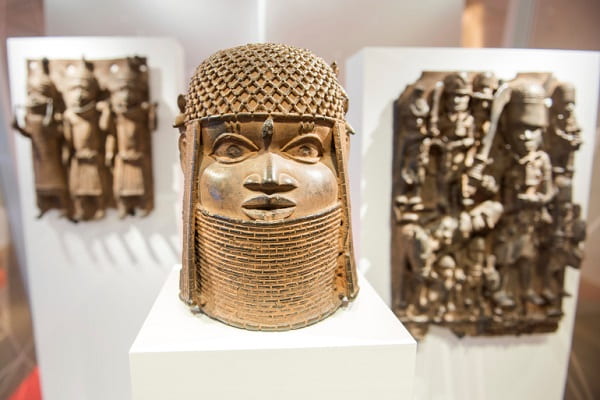
Another museum that has come under fire for its exhibitions is the Smithsonian’s National Museum of Natural History in D.C. While this exhibition does not involve human remains, the exploitation of a group of marginalized people under colonialism remains present. The museum held 29 bronze sculptures that originally belonged to the Kingdom of Benin. The Kingdom of Benin was established during the pre-colonial period of what is now southern Nigeria. The sculptures were seized by British military and colonial forces during a raid in 1897. This raid also resulted in the burning of the city and the deaths of the people who inhabited it
Real estate developers Paul and Ruth Tishman collected the Benin sculptures and sold them to the Walt Disney Company in 1984. In 2007, they were donated to the Smithsonian. Without thinking about the implications the sources of acquisition of their exhibition pieces have, the Smithsonian turned a blind eye to their hurtful histories. Fortunately, the Smithsonian recognized this problem and removed the sculptures from public display in late 2021. Museum director Ngaire Blankenberg also enlisted the help of curators to find the places of origin for all pieces that had potential ties to the Kingdom of Benin raid.
Harvard’s Peabody Museum and Warren Anatomical Museum
The Peabody Museum of Archaeology and Ethnology and the Warren Anatomical Museum, both owned by Harvard University, recently repatriated the remains of over 300 Indigenous people back to the Wampanoag communities. The university completed the repatriation process in January of this year. Harvard has since aimed to create efforts to better understand and rethink the implications of sources of acquisition. For instance, the Peabody Museum created a virtual exhibit titled “Listening to Wampanoag Voices: Beyond 1620.” The exhibit includes oral histories given by various members of the Wampanoag community.

Why are Sources of Acquisition Important?
The term ‘acquisition‘ refers to an object purchased or given to an institution, such as a museum or library. ‘Sources of acquisition’ deals with the background of these objects, like their historical context and location of origin. If not taken into careful consideration, ignoring sources of acquisition can be harmful to the affected communities. It normalizes the idea that the oppression of people is something that can be glossed over in the name of science or a glorified museum exhibit. In the case of many museums collecting the remains of marginalized communities, it pushes the notion that the subjugation and exploitation of people are acceptable. As reflected earlier in this post, America was built on the institution of white supremacy and colonialism, which makes the sources of acquisition of exhibition pieces even more important to note
So, what can be done to right the wrongs of these museums? Taking the initiative to go through the repatriation process should always be considered. While this process entails a number of legal procedures that may not be completed within a specific timeframe, it is always worth the exhibition pieces being returned to the rightful institutions and people. The Native American Graves Protection and Repatriation Act (NAGRPA) was instated in 1990 and is a US federal law that facilitates the repatriation process. As of 2022, there have been many changes made to the NAGPRA. These changes include defining how objects are defined to better accommodate the cultural traditions and customs of the rightful descendants.
Similarly, hiring curators and anthropologists to analyze the origins of exhibitions can be helpful. Next, understanding shortcomings within the pieces a museum inherits through efforts like opening conversations about America’s history of colonialism, racism, and oppression of marginalized people. Giving a voice to those who have been affected by these harmful practices, like the Peabody Museum’s Wampanoag exhibit, is another way of allowing them to reclaim the hurt that has been done.
